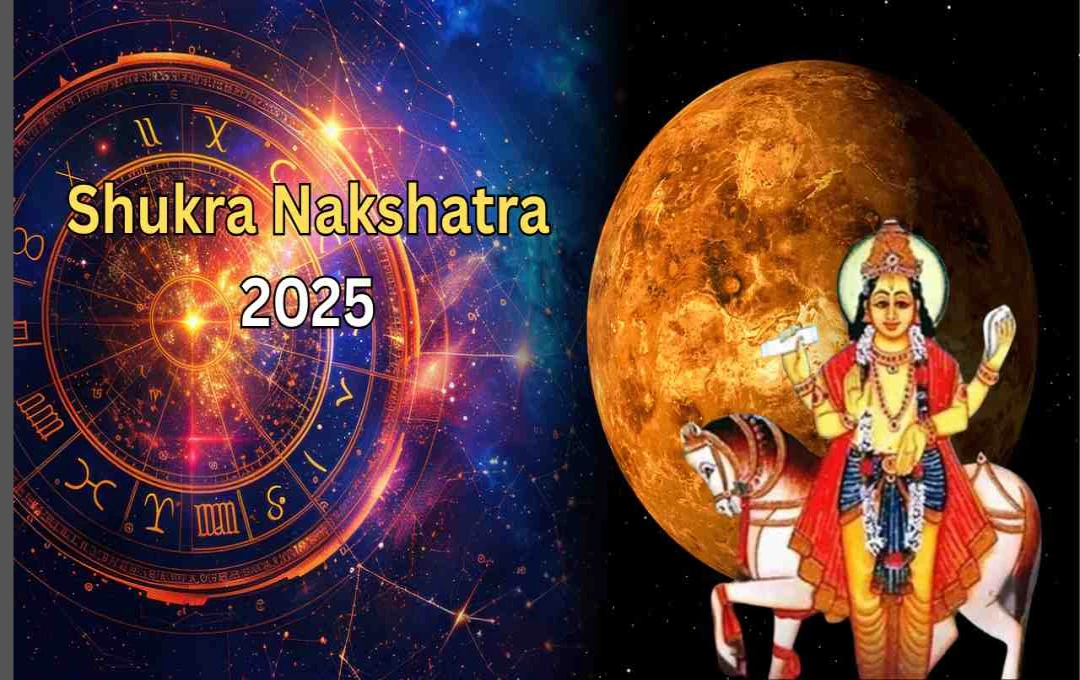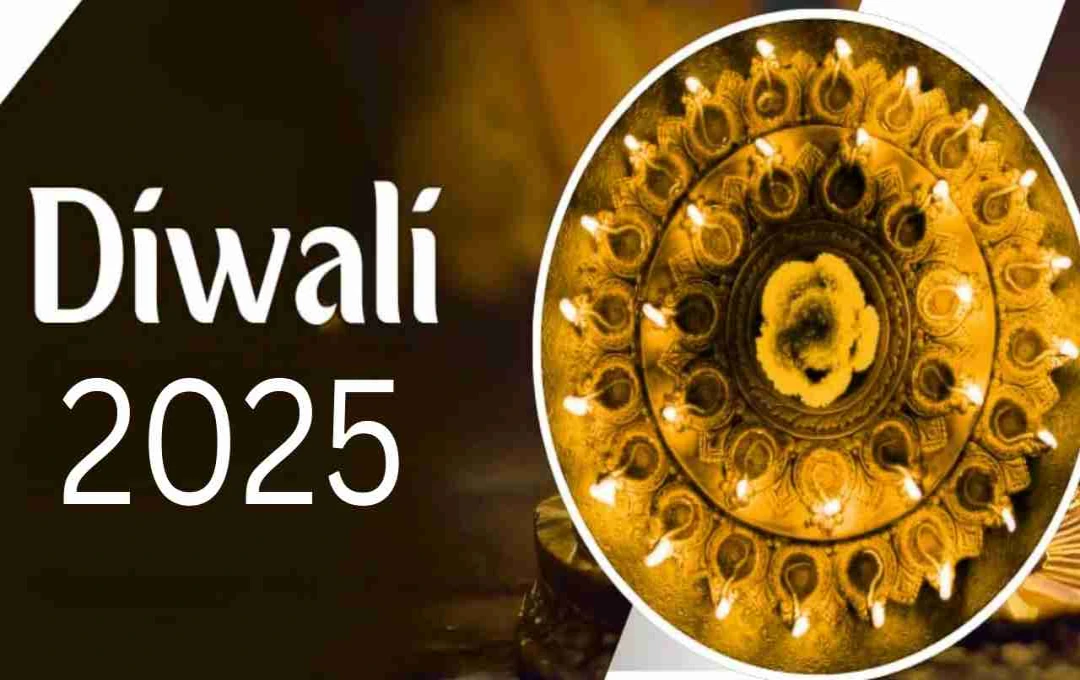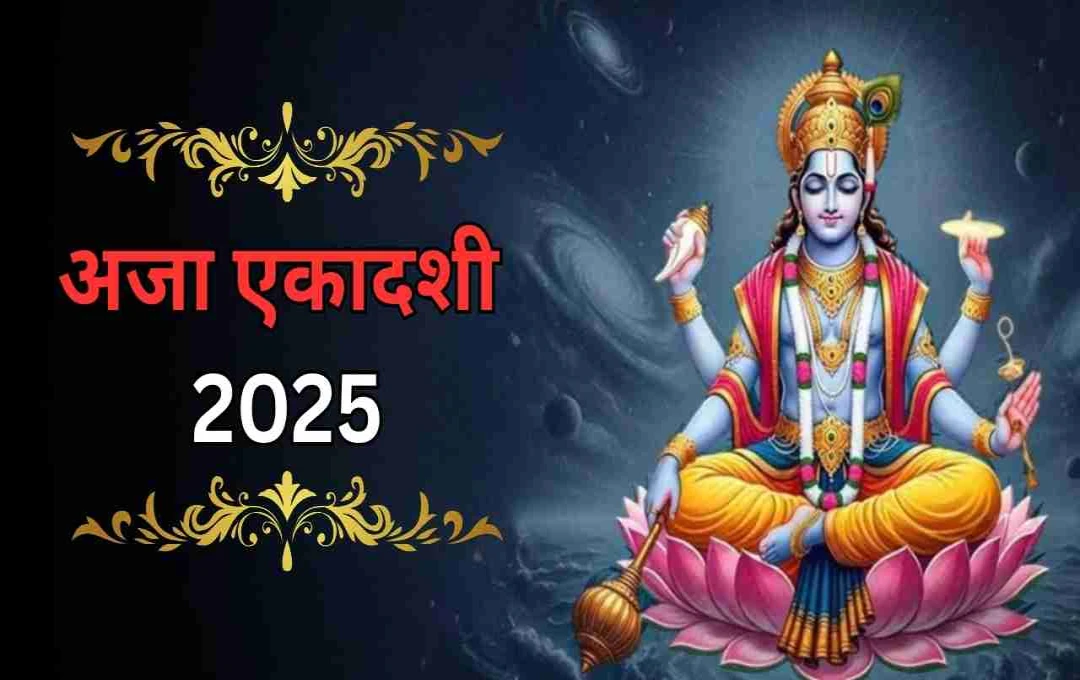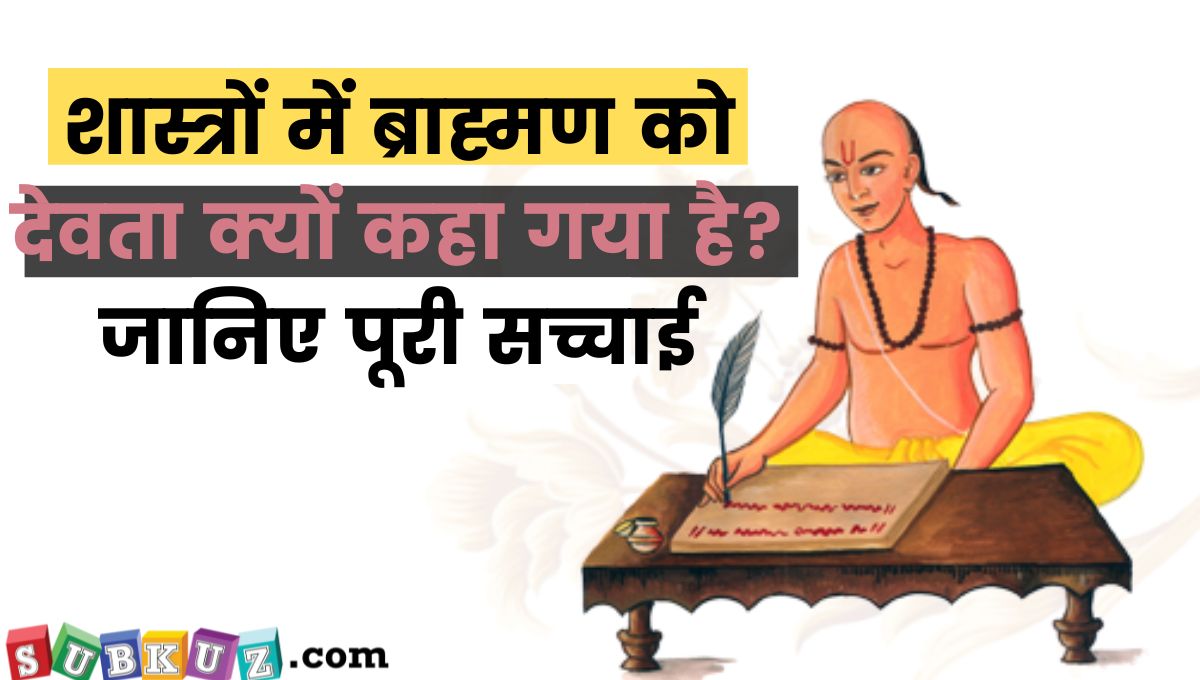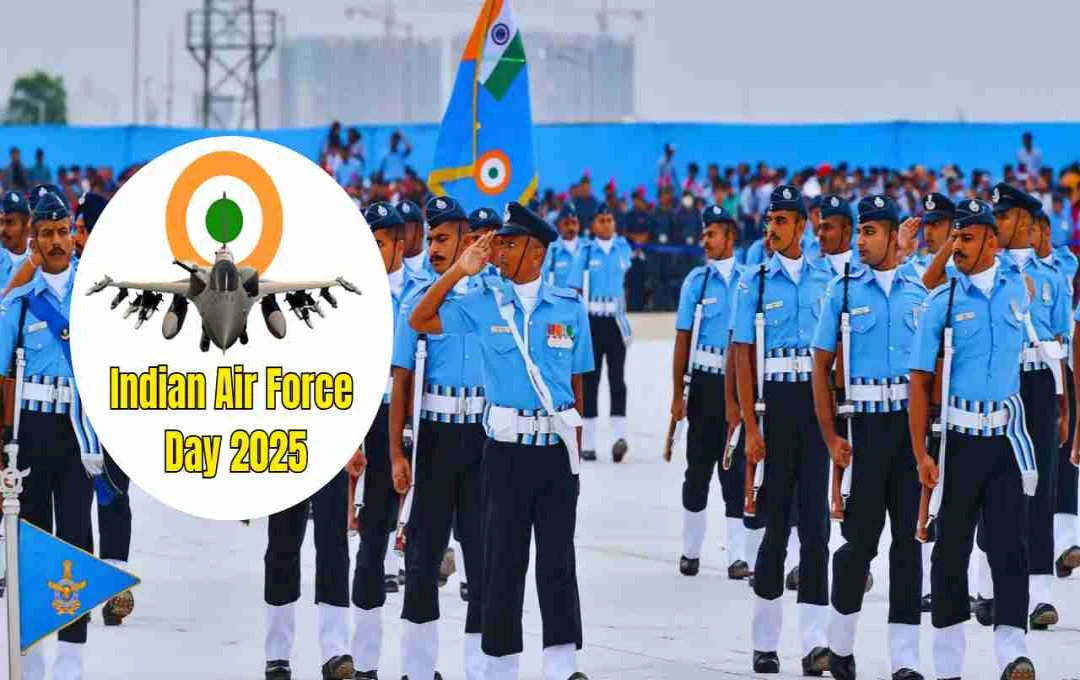Durga Ashtami holds a special place in Indian culture as a festival dedicated to the worship of Shakti, the divine feminine energy. This nine-day festival, Navratri, dedicates each day to different forms of Goddess Durga. Among these, Ashtami, also known as Maha Ashtami, is considered one of the most significant and auspicious days. It symbolizes not only religious faith but also women's strength, courage, and self-respect.
Durga Ashtami is a divine day of Shakti worship when devotees venerate Goddess Durga in her Mahishasura Mardini form, seeking blessings of power, knowledge, and protection. On this day, devotees invoke the Goddess through Kanya Pujan (worship of young girls), Havan (sacred fire ritual), Jagaran (all-night vigil), and other special rituals.
The Mythological Significance of Durga Ashtami
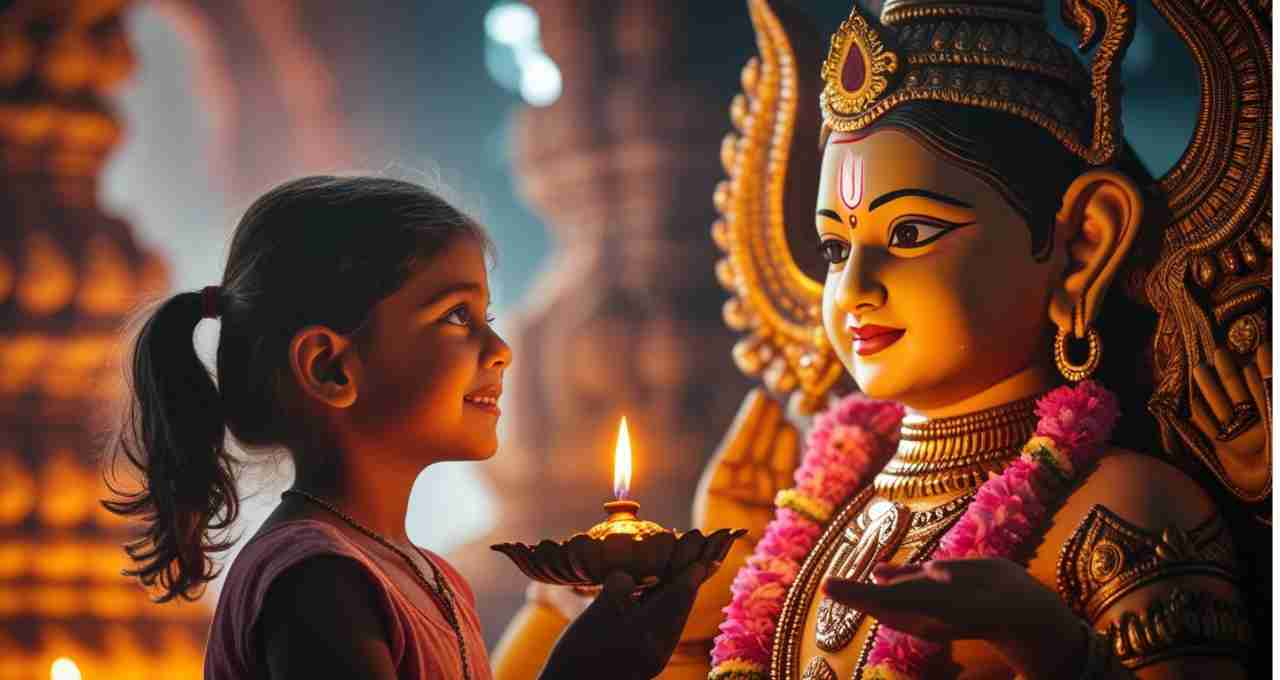
The most prominent mythological story associated with Durga Ashtami is the slaying of Mahishasura. According to Devi Purana, Mahishasura was a powerful demon who attacked heaven and defeated the Gods. Distressed by his defeat, Brahma, Vishnu, and Shiva combined their powers to create Goddess Durga. She fought relentlessly for nine days and on Ashtami, vanquished Mahishasura, freeing the world from terror.
Therefore, Ashtami is also celebrated as the victory of good over evil and the glorification of feminine power. This day symbolizes the Goddess's courage, intelligence, and extraordinary strength.
Date and Time of Durga Ashtami
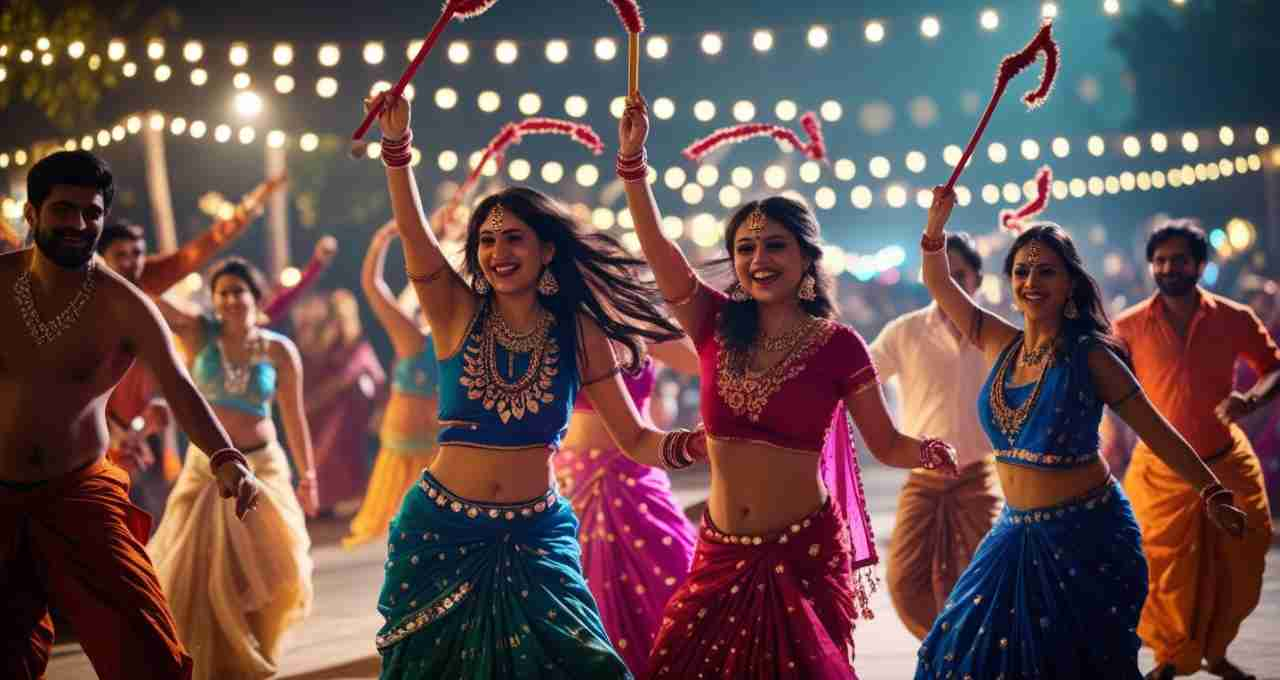
Durga Ashtami is celebrated every year on the eighth day of Sharad Navratri, which falls on the Ashtami Tithi of the Shukla Paksha (bright fortnight) in the Ashwin month. This usually falls in September or October according to the Gregorian calendar. Sometimes Ashtami and Navami coincide, a phenomenon called Maha Sangam, further increasing the day's religious significance.
Major Rituals of Durga Ashtami

- Kanya Pujan (Kanjak Puja)
This is the most prominent and popular ritual of the day. Girls aged 2 to 10 are revered as embodiments of the nine forms of Goddess Durga. They are respectfully fed, given gifts, and their feet are washed to receive their blessings.
Kanya Pujan symbolizes respect for women, equality, and the recognition of feminine power in Indian society. This tradition conveys the message that women possess both creative and destructive power.
- Maha Snan and Sankalp
On Ashtami, devotees take an early morning bath, wear clean clothes, and make a vow (Sankalp) for the fast. This fast is observed for self-purification and mental focus.
- Havan and Puja
Havan is performed with the recitation of Durga Saptshati, Chandi Path, and Navdurga Stotra. Special materials like barley, sesame seeds, ghee, sandalwood, and flowers are offered in the Havan. This puja eliminates negative energy and invites positivity.
- Bhandara and Prasad Distribution
In many places, a Bhandara (community feast) is organized on this day, where all devotees are offered Prasad (blessed food) of Mother Durga. This is also called a shared meal and symbolizes social harmony.
Significance of Ashtami Vrat (Fast)
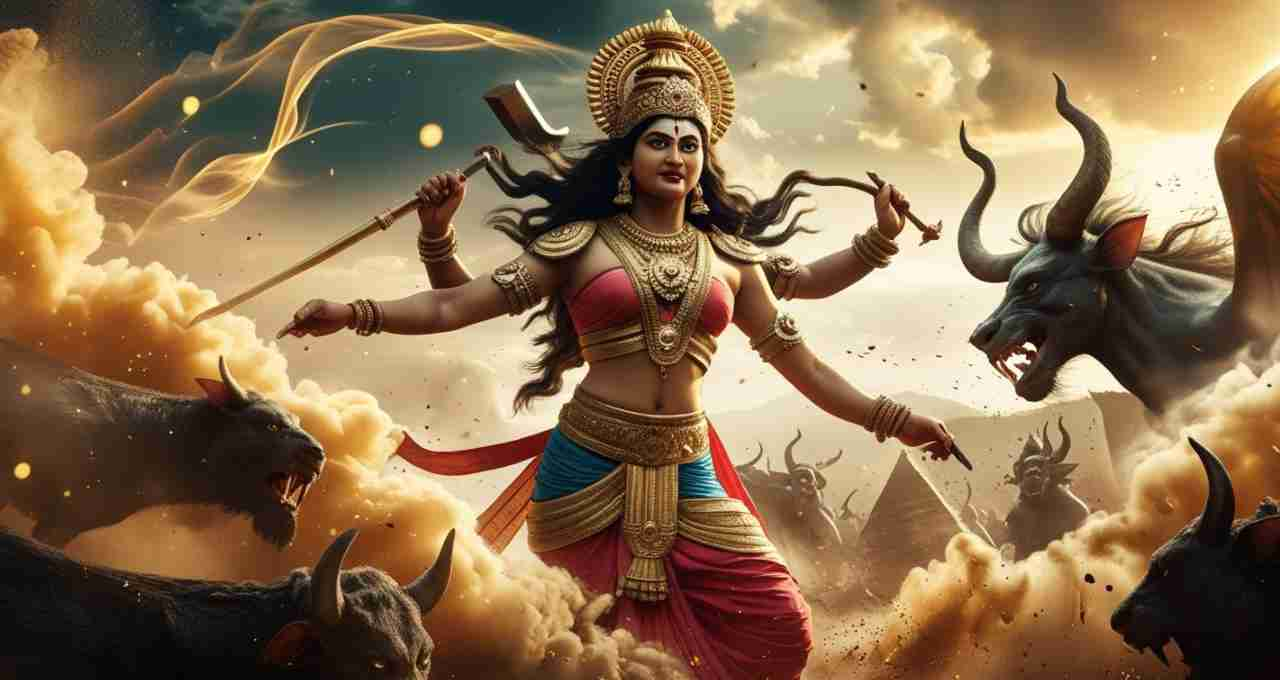
The Ashtami Vrat is primarily observed by women, but men also keep it with devotion and faith. This fast is not only religious but also a means of spiritual self-purification. It is believed that those who observe the Ashtami Vrat receive the special grace of Goddess Durga and are freed from life's troubles.
Cultural Aspects of Durga Ashtami
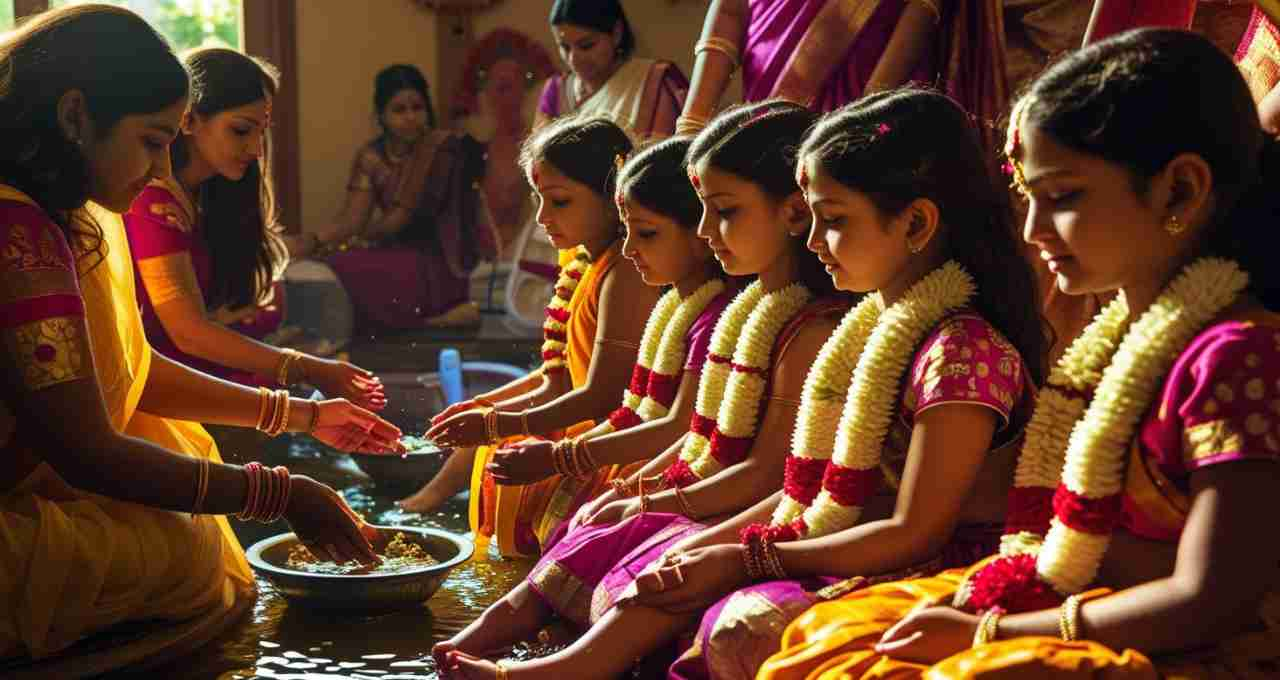
India is a country of unity in diversity, and Durga Ashtami is celebrated in different ways across the nation:
West Bengal
Durga Puja holds special significance here, and Ashtami is considered the holiest day. People wear new clothes, special pujas are held in pandals (temporary structures), and rituals like Sindur Khela (a playful exchange of vermillion) are performed.
North India
In Uttar Pradesh, Bihar, Delhi, Punjab, and Haryana, Kanya Pujan and Jagaran are common. Goddess Durga is established in homes, and Sundarkand and Durga Saptshati are recited.
Gujarat
Here, the vibrant celebrations of Garba and Dandiya are held on Ashtami. For nine nights, people dance and offer devotion at the feet of the Goddess.
South India
There's a tradition of worshipping the Goddess in various forms. Saraswati Puja is especially performed, where children worship books and musical instruments.
Durga Ashtami and Women's Empowerment
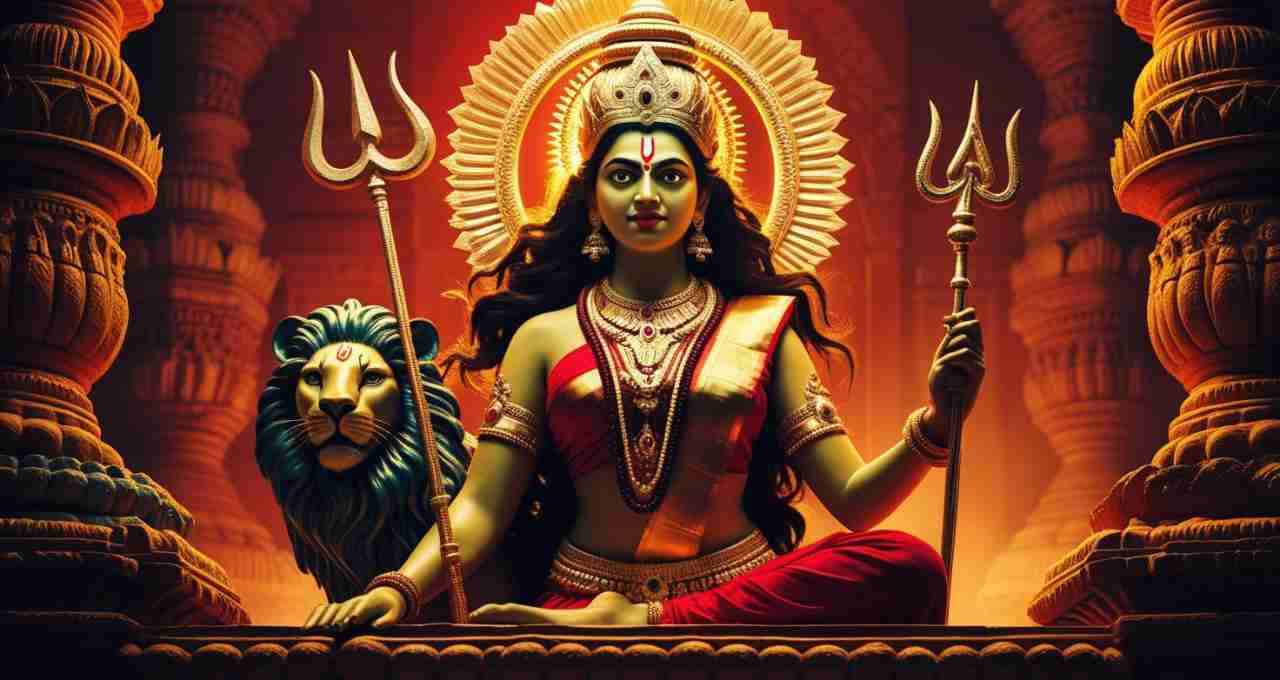
Durga Ashtami is not just a day of religious rituals; it reminds us of women's strength. Just as Goddess Durga fought against injustice, this festival makes women aware of their rights and self-confidence.
In today's era, when women are advancing in every field—education, science, politics, defense—the message of Durga Ashtami becomes even more relevant. This day inspires us that women are neither weak nor helpless, but rather the embodiment of creation and power.
Special Mantras Associated with Durga Ashtami

- "Ya Devi Sarvabhuteshu Shakti Rupena Samsthita. Namstasyai Namstasyai Namstasyai Namo Namah."
- This sacred mantra is dedicated to the form of the Goddess who resides in all beings as Shakti. This verse pays homage to the omnipresence and powerful presence of the Mother.
- "Sarvamangal Mangalye Shive Sarvartha Sadhike. Sharanye Tryambake Gauri Narayan Namo'stute."
- Through this mantra, prayers are offered to Mother Durga for the well-being, peace, and protection of life. This praise is dedicated to her compassionate, auspicious, and protective form.
- "Ya Devi Sarvabhuteshu Shakti Rupena Samsthita. Namstasyai Namstasyai Namstasyai Namo Namah."
- This sacred mantra is dedicated to the form of the Goddess who resides in all beings as Shakti. This verse pays homage to the omnipresence and powerful presence of the Mother.
- "Sarvamangal Mangalye Shive Sarvartha Sadhike. Sharanye Tryambake Gauri Narayan Namo'stute."
- Through this mantra, prayers are offered to Mother Durga for the well-being, peace, and protection of life. This praise is dedicated to her compassionate, auspicious, and protective form.
Durga Ashtami is not just a festival of fasts, worship, and rituals; it is a symbol of self-confidence, respect for women, social harmony, and spiritual awakening. It teaches us that no matter how many difficulties we face in life, if we have self-confidence and strength within us, we can overcome any challenge.

Let us, on this Durga Ashtami, not only worship the Goddess but also imbibe her qualities—courage, compassion, patience, and justice—into our lives.






